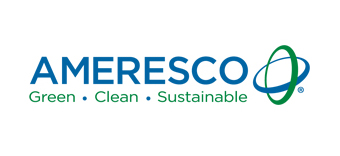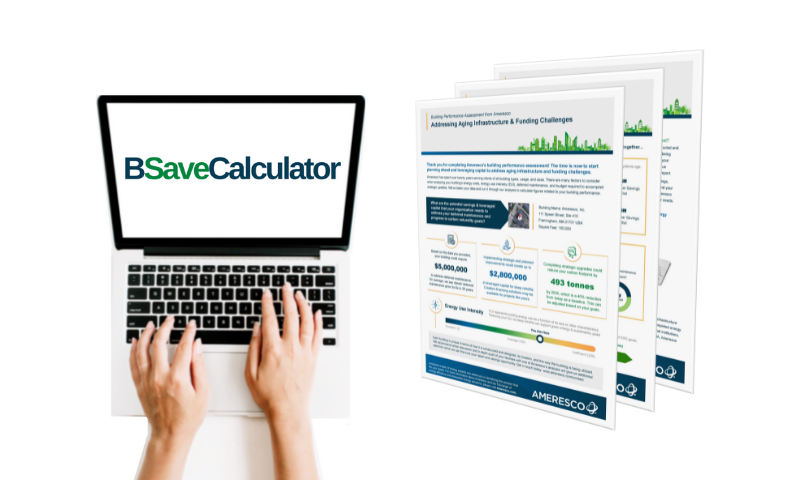Ameresco can improve healthcare facility management by retrofitting existing healthcare facilities for greater efficiency, or by developing a comprehensive energy management system utilizing renewable energy sources. Hospital energy savings from Ameresco projects average 30% annually, money that can be used for facility upgrades, new equipment or additional staff.
We can own, maintain and operate hospital energy generation systems, then sell back power and steam, freeing healthcare facilities from the costs and risks associated with energy generation. We can also develop a phased implementation plan that guarantees energy flow to critical hospital systems.
Reliable, Renewable Hospital Energy
Ameresco understands that the reliability of hospital energy is a top concern for healthcare facility management. Critical hospital energy systems must be online and available 24 hours a day, even when the power grid is compromised.
Modern renewable energy systems actually decrease energy risk and provide higher levels of energy security. On-site geothermal and biomass systems can be used for backup power independent of the power grid. Locally sourced renewables, such as hydroelectric and landfill-gas-to-energy, put the facility closer to the power source, minimizing transmission risk.
Hospital energy solutions from Ameresco address the need for guaranteed energy delivery to critical power, heat and water systems, and our phased approach to modernization and energy retrofits guarantees full operation of healthcare facilities while energy upgrades take place.




